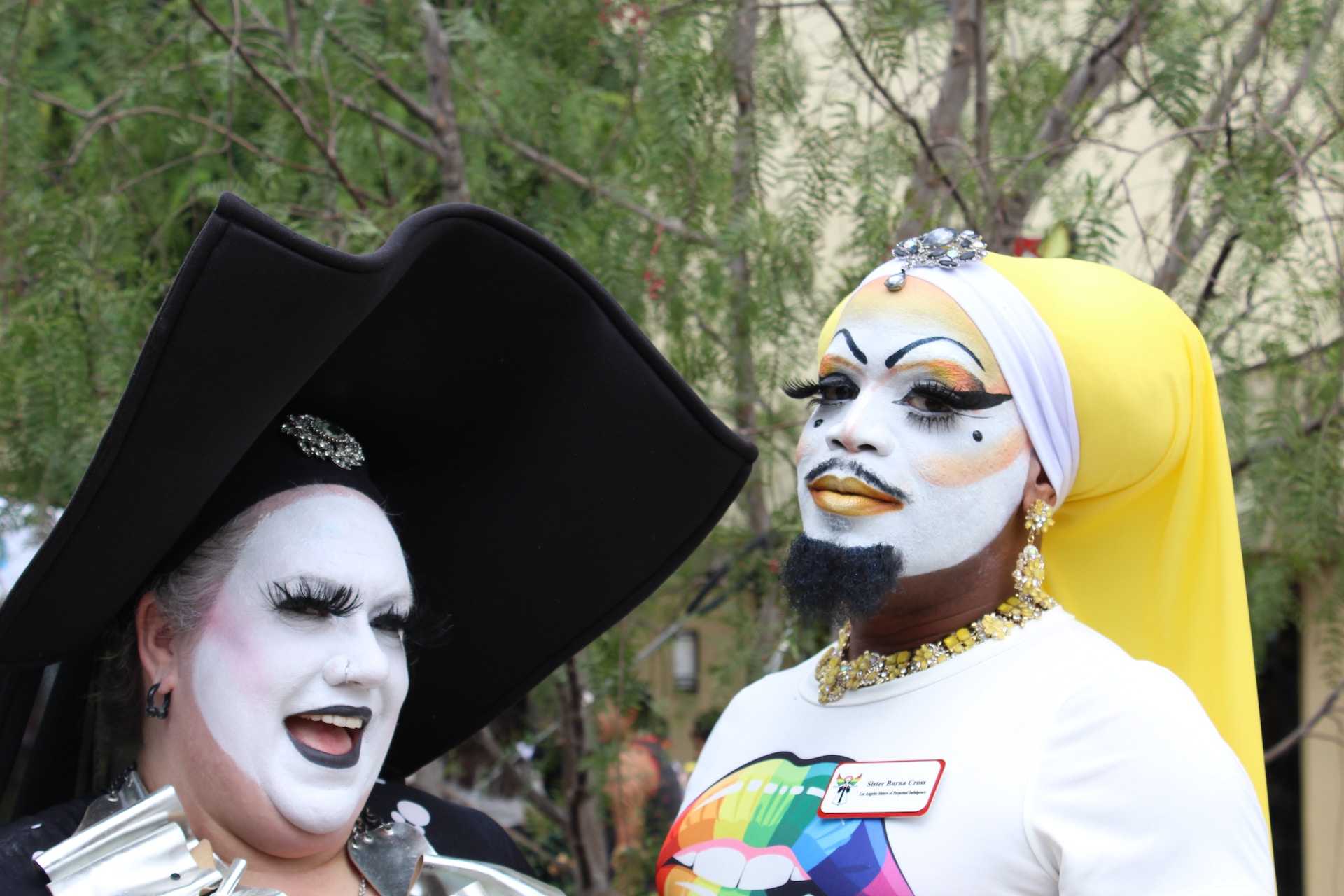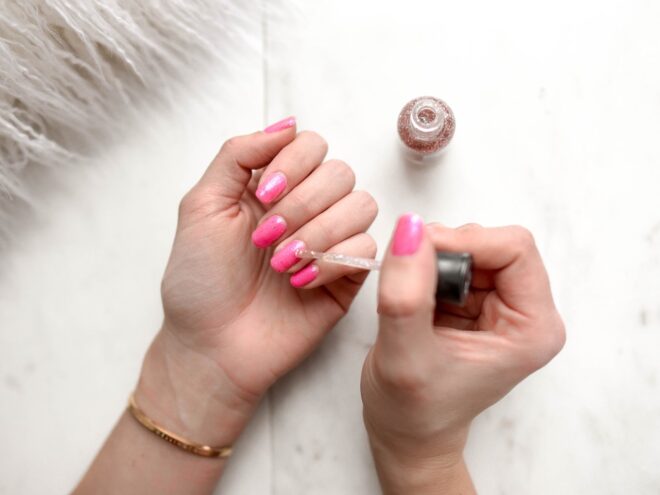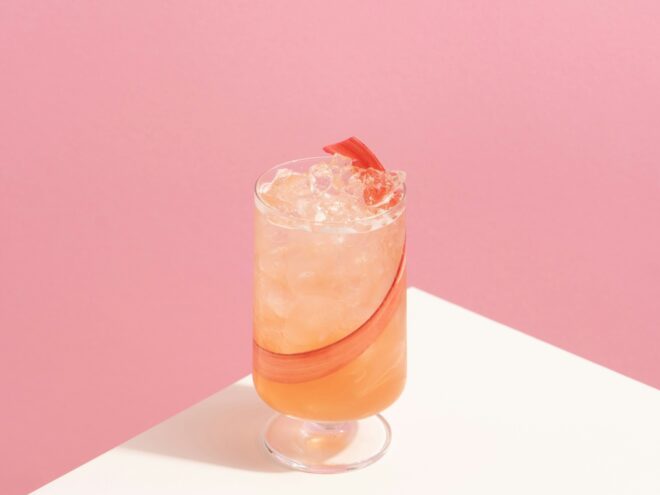Style • 04/26/2023
What Is Camp Fashion? A Brief and Bold History

Revivalist is a reader-supported endeavor and our posts may contain affiliate links. When you buy through links on our site, we may earn an affiliate commission.
Back in 2019, the annual Met Gala’s theme was Camp: Notes on Fashion. But many observers of the highly anticipated carpet debut of the celebrities’ looks had one resounding note — a lot of the looks weren’t camp. While there were some standout looks from people like Rihanna, Zendaya and Lady Gaga, a lot of the outfits either came close to camp or utterly missed the mark. However, many also had the same question — what is camp fashion?
Following the gala, there were a significant number of articles about what “camp” is in relation to the theme of the evening. However, the definition of camp dates back to 1863, stating it as a style where one presents themselves in an expansive way, with theatric, dressy and vain overtones. Here is a closer look at what camp fashion is and how to perfect it in daily dress.
What is Camp Fashion?
Camp fashion is defined as an over-the-top, exaggerated and ironic aesthetic. The goal of camp is to be “too much,” or to go against fashion norms.
While camp was popularized recently with the 2019 Met Gala, it dates back long before then and has a rich, diverse history. It’s more than just wearing a bold pattern or loud accessory. Camp has been a form of self-expression for different groups throughout history.
The Origins of Camp Fashion
When googling camp fashion’s history, the search engine will likely bring up a lot of information about gay culture. That’s because camp has distinct origins in the gay community, with the Oxford English Dictionary including “homosexual” in the definition in 1909. Zorian Clayton — Prints Curator at the Victoria & Albert Museum in London — says this is the first time theater, flamboyance and homosexuality were linked on paper.
Some take their idea of camp from 16th–17th century France, when male fashion was a hot commodity. Think silk tights, heels, powdered wigs and faces, huge ribbons and exquisite clothing bordering on tacky. It was gaudiness and indulgence to the max. King Louis XIV encouraged all classes to dress as a means of expressing themselves. For nobles, it was a way to show off their status. That meant the more decoration, the better.
Camp held the same meaning for the next couple hundred years. Fast forward to the early 20th century and it started to mix with the Art Nouveau style. From there, it started combining with kitschy fashion, which is defined by its explicit out-of-fashionness due to being too old or garish.
Camp Fashion and Gay Culture
So how did camp get to be called “camp” in the first place? 19th-century entertainers used a form of language called Parlyaree, which then made its way into music halls and theaters. There, gay men in the U.K. started to use what they now called Polari as a secret language to hide their activities. Doing so was necessary, as being gay wasn’t at least partially decriminalized in the nation until 1967. After that, the Polari language began to die out, but some words still stuck around.
For instance, camp. Camp in Polari was likely derived from the Italian work “campare” — meaning to make something stand out — or the French word “camper” — meaning to pose or portray. A lot of men who joined the Merchant Navy began putting on drag shows and gave each other “camp” names as a way of escaping the pressuring life back on land.
While not all drag queens consider themselves camp queens, the art of drag is camp at its core, according to Erique Zhang, a Ph.D. candidate at Northwestern University. It’s about taking femininity and pushing it to a place that’s over the top, gaudy and theatrical.
Camp fashion is deeply a part of gay culture because so much of recent history has forcibly closeted or hidden members of the LGBTQ+ community. People once needed to dress a certain way to signal to others that they were gay instead of outright saying it. At a time when simply loving someone was prosecutable, hiding in plain sight was necessary. It was — and still is — also an act of rebellion, of refusing to hide.
The Black Experience in Camp
There is also a clear root for camp fashion in the Black experience. As Taylor Crumpton writes in Afropunk, aside from challenging gender stereotypes, there is also a rebellion against racial stereotypes in the style phenomenon. One outfit they pointed out as a display of Black camp at the Met Gala was Tiffany Haddish’s “Pimperella” outfit, which mocked the idea of “proper” etiquette. That very departure from the expected is inherently camp.
Shelby Ivey Christie — who hosts the “Girl with the Bamboo Earring” podcast alongside being a fashion professional — spoke about how there would likely be a lack of Black camp at the Met Gala. She defines those style niches as pimp or player fashion, Carribean Carnival costumes, Black 70s funk and Blaxploitation movies, noting these would only be featured if people of color were on the Met board. Christie explained that this was because these Camp styles were integral to the Black experience.
Crumpton also goes on to discuss camp as a disruption of luxury. Their article touches on Susan Sontag’s essay “Notes on Camp” — which the Met Gala took its theme from — that describes camp as artificial, over the top and exaggerated. Camp was also an act of rebellion in the Black scene that utilized clothing covered in jewels, furs and feathers. In essence, it was an act of displaying opulence to the point of excessiveness outside of white privilege.
How to Incorporate Camp Fashion
Camp typically involves an entire exuberant outfit. However, here are a few typical nods to the style that fit into everyday streetwear. But remember, camp should be bold and fun, so have a good time with it.
Go Vintage
One of the hallmarks of modern camp is taking something kitschy and turning it fashionable. Do you have some old ridiculous sweaters from one of your grandparents? Take one and pair it with a pearl necklace and some classy slacks. Or, find the biggest pair of bell-bottom jeans you can and use them as your statement piece.
Use Big Silhouettes
In theater, it’s common to hear you should dress and “paint your face” for the back row. Can you imagine going to a drag show and barely being able to see the performer? The point is to go big.
While you may have difficulty incorporating drag style into your everyday wardrobe, take some nods from it to develop a campy style. Grab an oversized blazer instead of one that usually fits you or go for a dress with a large skirt instead of one that’s more like a slip.
Embrace Patterns
Camp is the antithesis of boring. To truly embrace it, you must go bold in your fashion choices. Adding a bold-patterned shirt or pants to an outfit can help add a little camp to a basic look.
Embracing History Through Camp Fashion
What is camp fashion? It’s a style with a rich history of rebellion and embracing the joy in human expression. While it would be hard to add one item to an outfit and call it camp, these quick tips can help you embrace the legacy left behind by many Black and LGBTQ+ trailblazers.
Subscribe to Our Weekly Newsletter
We would love to connect deeper with you!


